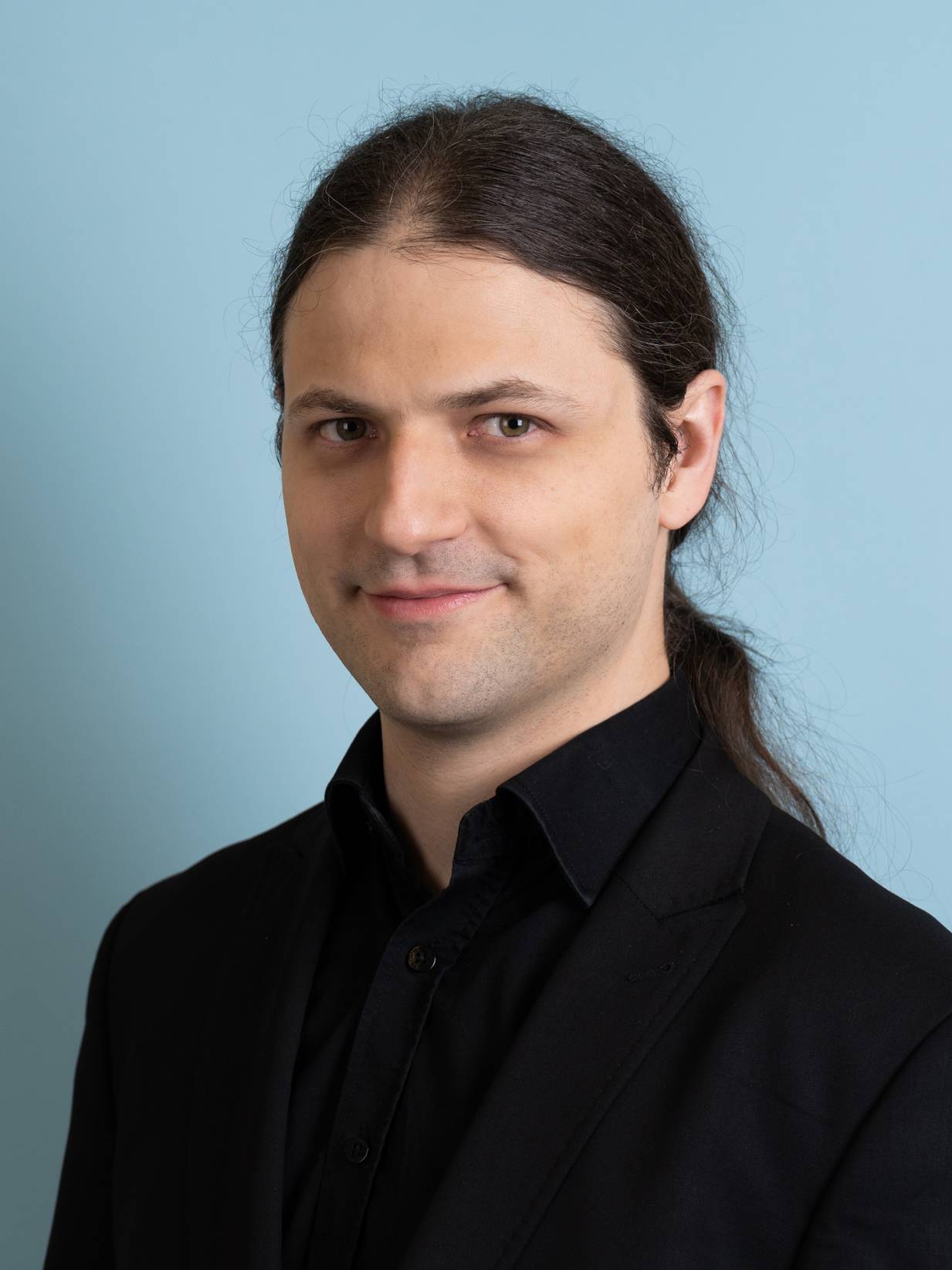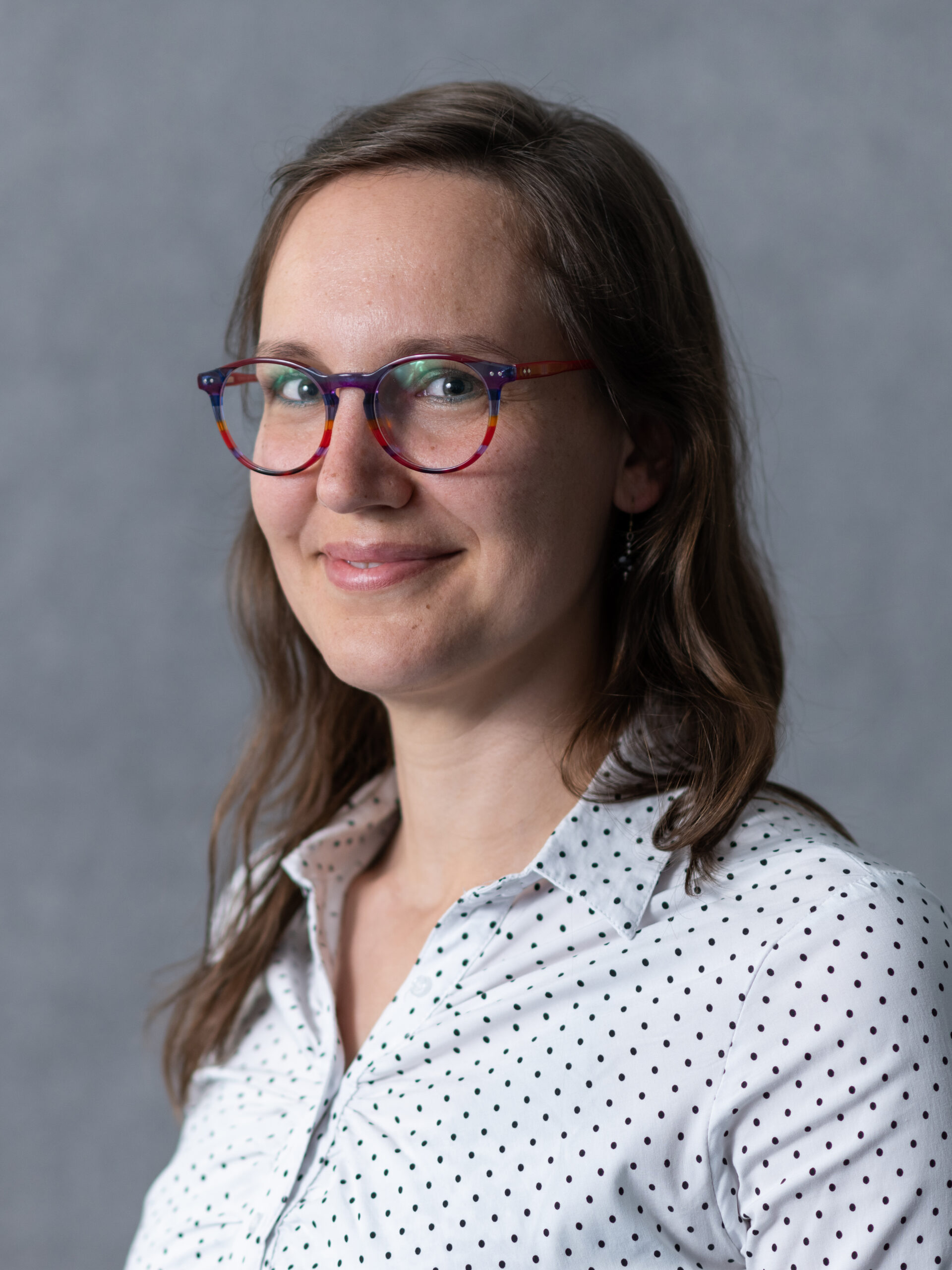ActiHeal
A skin injury causes cell death and bleeding, to which the injured tissue responds with blood clotting, blood vessel constriction, and a mobilization of immune cells. Finally, the tissue can begin to regenerate the damaged tissue structures involving many simultaneous processes, including increased cell division, and blood vessel development. However, it is unknown how tissues “translate” immediate response damage signals into regeneration, or how these signals affect the healing process.
To unravel the mechanisms driving skin regeneration, and decipher both the spatial and temporal response of skin to wounds, this project will characterize the phosphorylated ribosomal protein S6 (p-rpS6). This protein is phosphorylated within minutes after wounding, enveloping the wound, and persists until healing is complete. Using histology, p-rpS6 can be used to highlight wounded skin tissue that is actively involved in the healing process, visually separating it from the wounded, dying tissue, as well as from the unaffected healthy tissue beyond the wound.
In this project we plan to bridge the gap between immediate and late-onset events occurring during wound healing and establish p-rpS6 as a novel biomarker of wound healing, relevant in fundamental research and clinical settings. First, we will seek to discover the role of p-rpS6 in the progression of healing, using unique transgenic rpS6 phosphorylation-deficient knock-in mice, that do not phosphorylate rpS6 and are thus ideal to elucidate the role of p-rpS6 activity in wound healing. Then, to gain a better understanding of the down-stream molecular pathways activated in response to rpS6 phosphorylation, we will perform a molecular analysis of wounds. Finally, we will extend our novel findings to human conditions, using p-rpS6 to link tissue damage and regeneration in patient samples of wounds and scars. Comparing rpS6 activity in healthy skin, wounds and scars, we will establish p-rpS6 as a novel biomarker linking tissue damage and regeneration in human wound healing and disease, and develop p-rpS6 as a diagnostic and prognostic tool.
The project receives funding from the Austrian Science Fund (FWF) P-36483-B. Thank you for your support!


